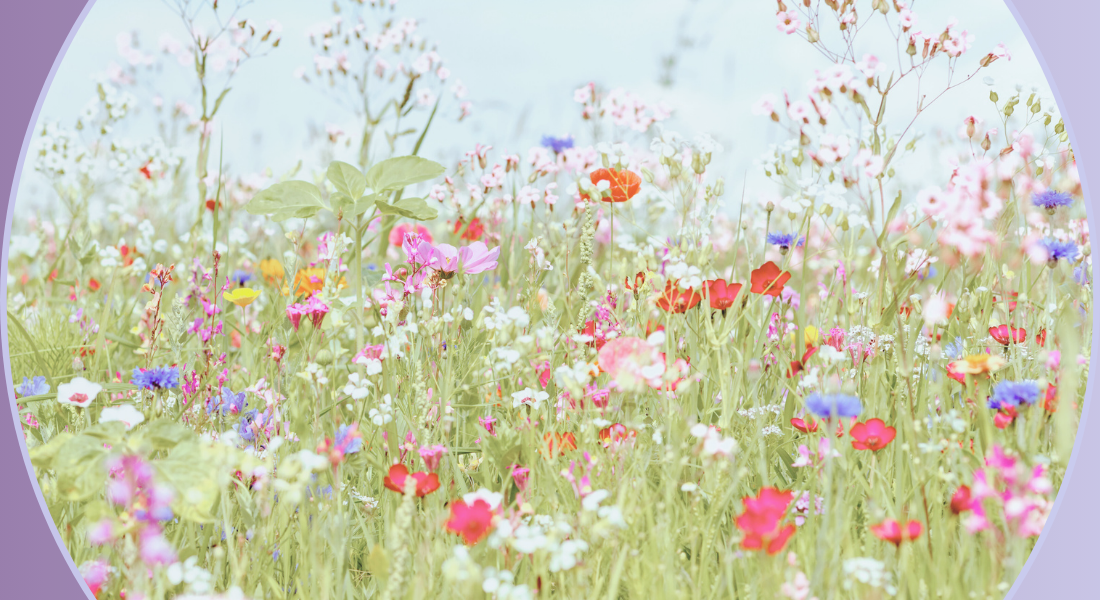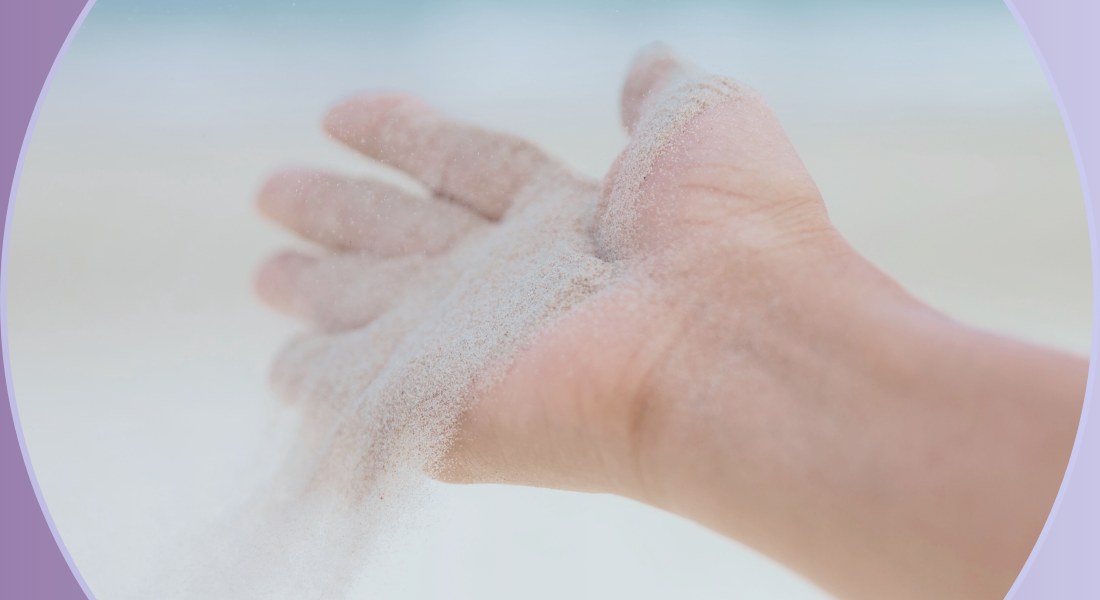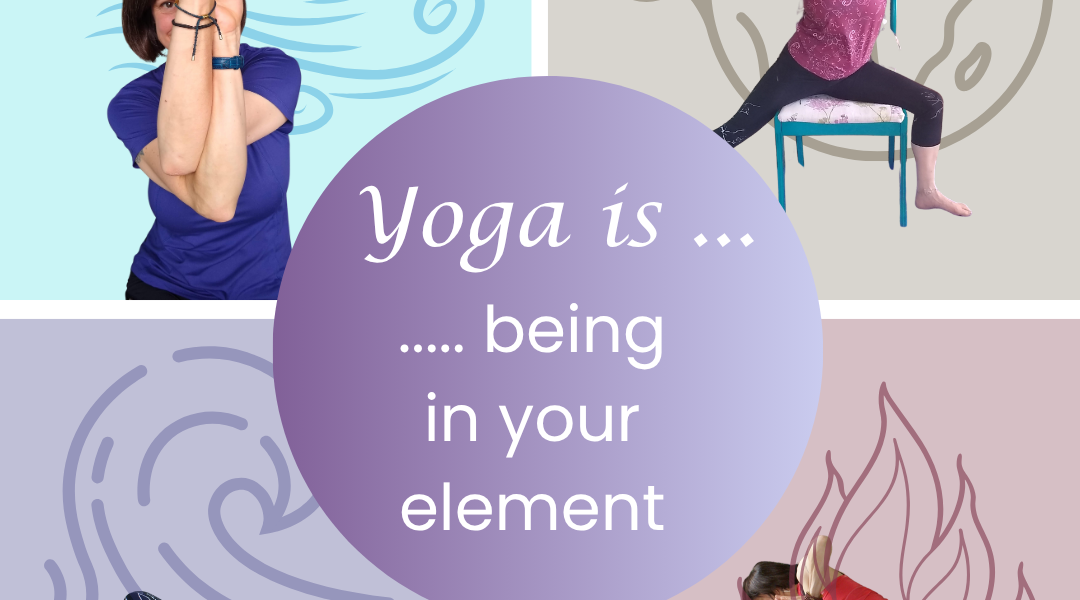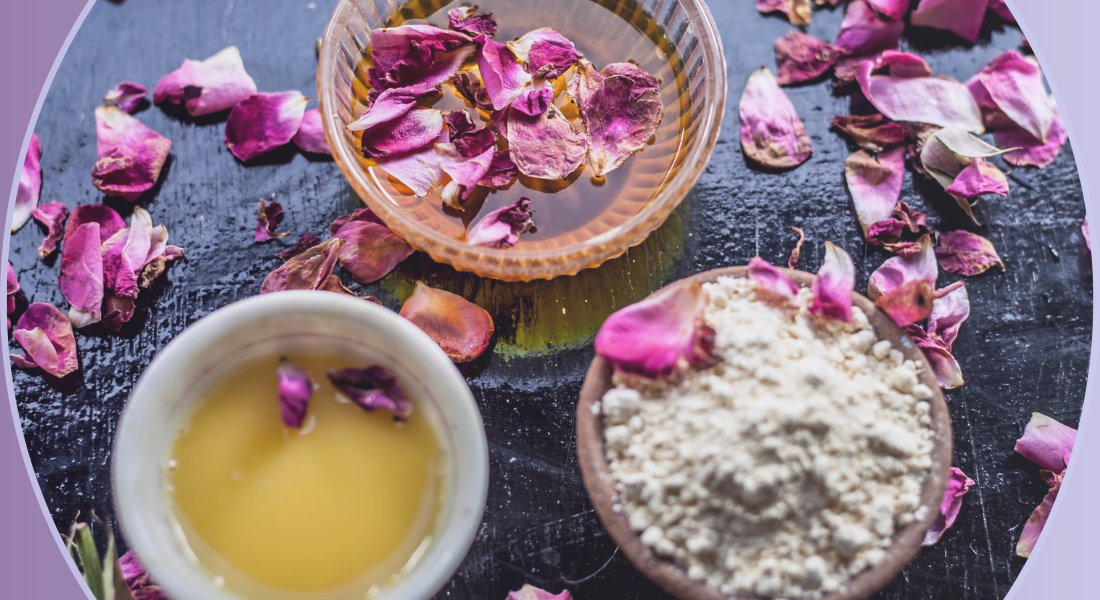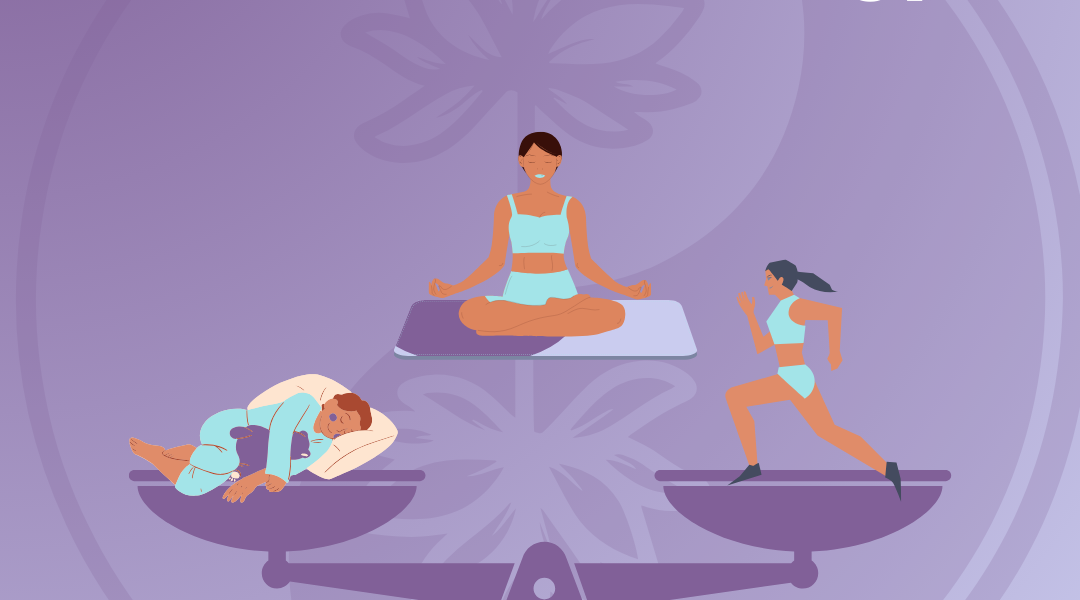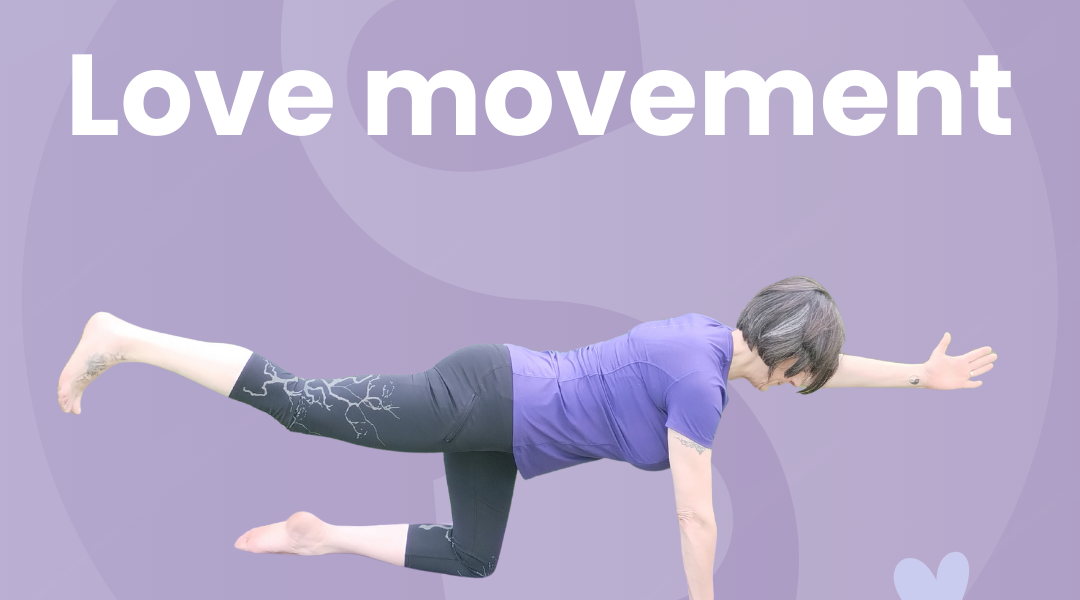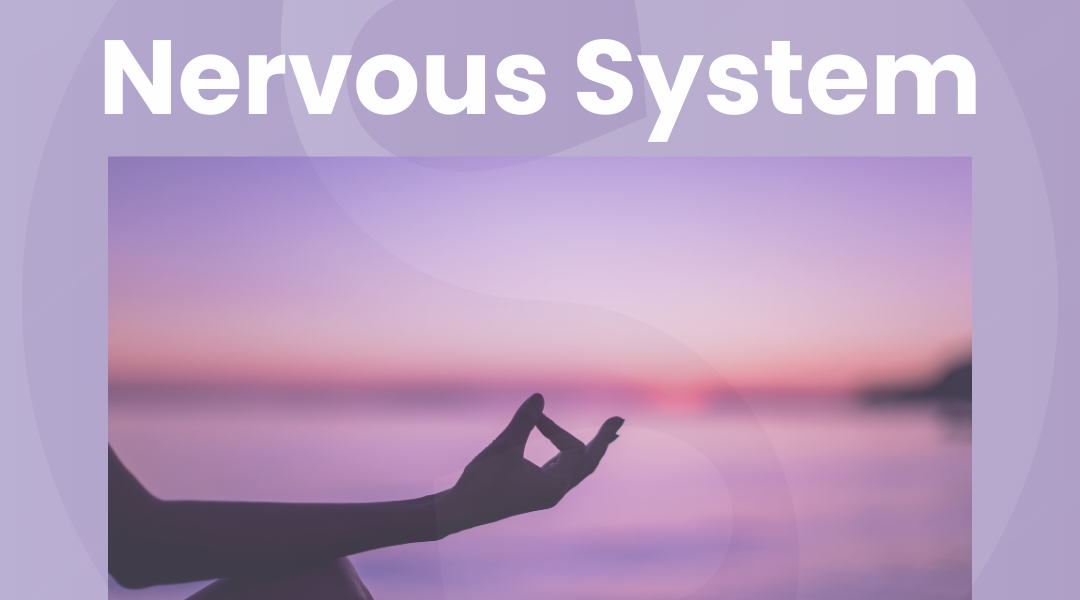Herbal Remedies
Find out more about the herbs that have informed our yoga practice in 2025.
Herbs have an important part to play in both Ayurveda and Western herbal medicine. These herbs have been inspiring our yoga practices in 2025.
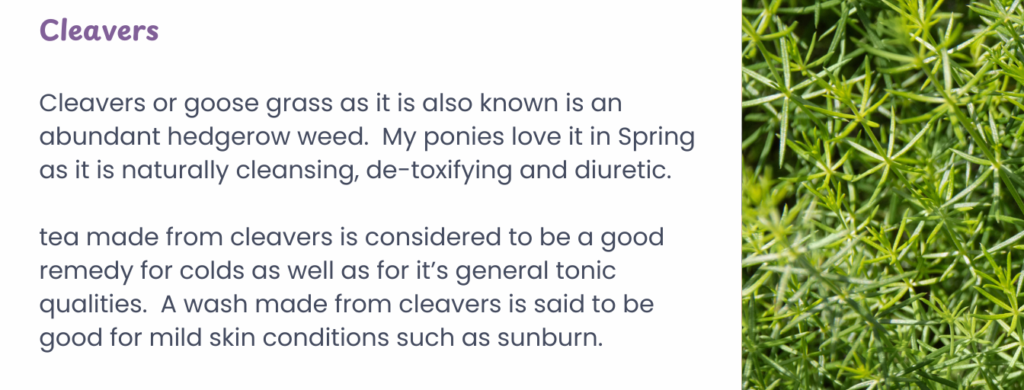
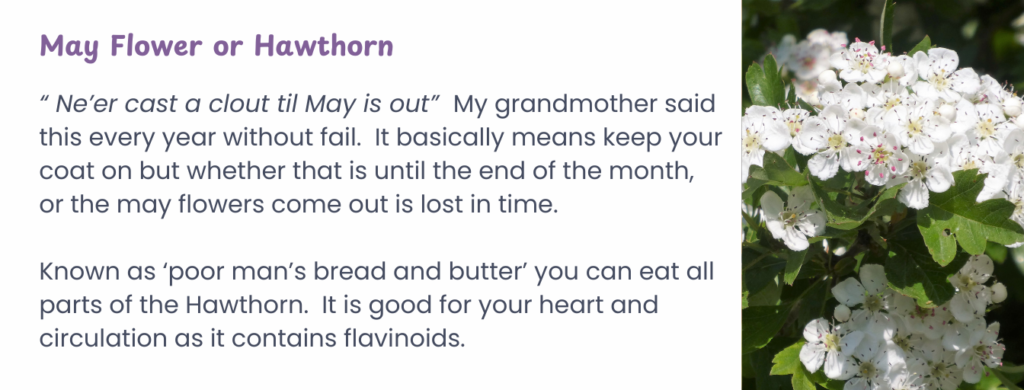

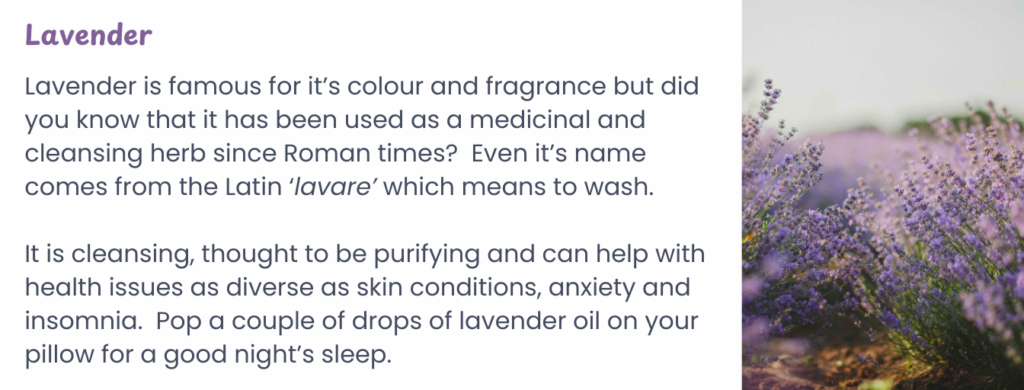
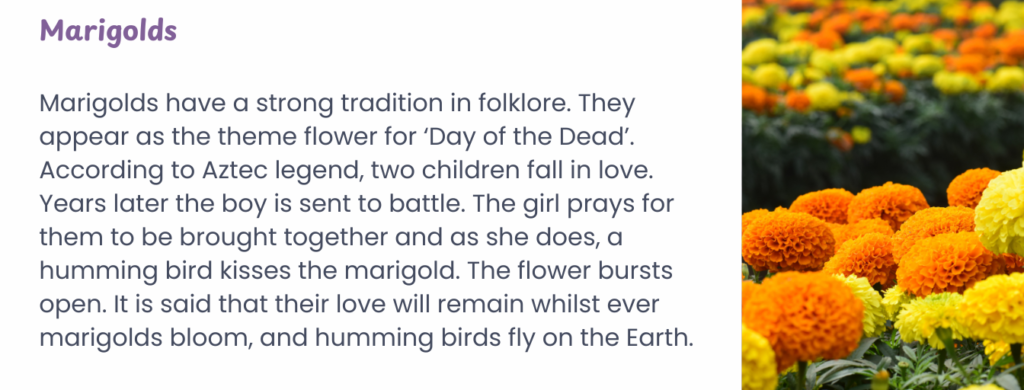
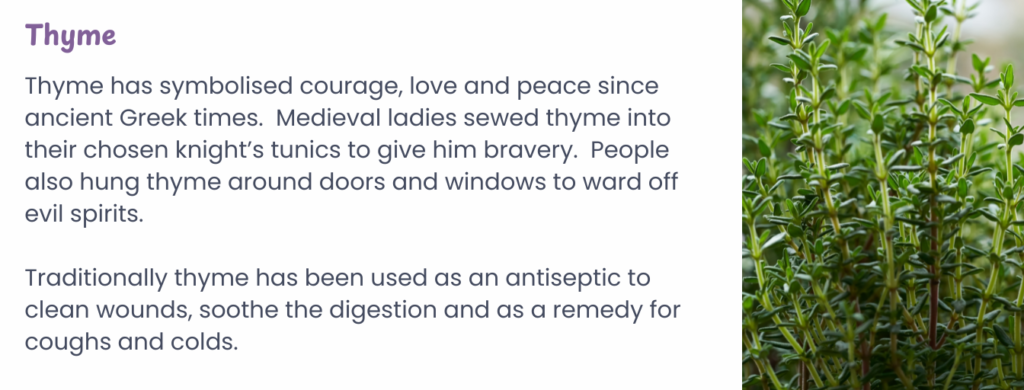
Aparigraha. The Yogic Art of Letting Go
It’s time to let go of Summer and so much more.
As we head towards Autumn, we start to let go of our summer energy. The autumn equinox marks the exact time that day and night are equal and in complete balance with each other. Whilst nature, and we are beginning to wind down for winter, there is a little burst of energy this time of year. It’s that September ‘back to school ‘ feeling. No wonder that Chinese Medicine has a season called ‘Late Summer’ to mark this energetic lift.
So September can feel a bit like a mini-New Year. It’s a good time to start something new. Like yoga! Sometimes to start with the new, we have to let go of the old. That might be freeing up time in the diary, or letting go of our unhelpful inner voice.
Aparigraha – Yoga for Letting Go
In yoga, we have a term ‘aparigraha’ which means non-attachment. Yoga asks us only to hold onto as much as is necessary. In yogic philosophy, we have only a single possession, the Atman, our true self. Everything else is simply an illusion, even our own physical body. We therefore don’t need much in the way of physical possessions.
In yoga, we also believe that we inherit ‘samskara’. These are things like family memories, karma or energy from our previous lives, inherited values or cultural beliefs. We often hold onto these, consciously or unconsciously because we feel that they define who we are. They can be helpful to us but they can also hold us back.
For example, as I was growing up, my parents talked a lot about equality and girls having the same employment opportunities as boys. I was expected to work hard at school and get the grades I needed to go to university. At the same time, my Mum did pretty much all the housework, and whilst no one explicitly asked me to do them, I took on far more of the household chores than brother did. I still have to check in with myself that I am not taking on more than my fair share of household responsibilities.
Attachment and the West
In the western world, we are super attached to lots of things, whether they be physical objects (houses, cars, designer clothes) or markers of our status, like the job we have, and our extra-curricular activities.
If you think you are immune to this attachment, try admitting at a party, or doing the circle of introductions at a work training session, that what you do is simply ‘be’, and see just how far that gets you!
In addition, we’re even attached to the number of friends we have on social media, or our skill, at say, growing orchids. Attachment creeps up on us and whilst it’s easy to say, (‘ap-ari-grah-hah’), aparigraha, non attachment, is difficult to do.
Often attachment is a nervous system response. We feel safe with the familiar. The downside is that our attachments can get in the way of our growth and development.
Attachment and Yoga
I see attachment play out in all sorts of ways in yoga classes.
- The students who like to surround themselves in their own ‘stuff’ – mats, blocks, blankets, pillows – you name it.
- The students who focus solely on their physical practice, and their physical bodies
- The (ill) health stories that get in the way of empowered movement. My own story – “My body doesn’t like back bends”.
- The students who only ever sit in the same space every week, or struggle to embrace a different routine when a new teacher arrives.
The students in one of my classes like to sit in a circle. This is tricky as some of them have to turn their heads to see me when I’m teaching. One student, who sits next to me, grumbled that they can’t see me and, as they wear bi-lateral hearing aids, can’t hear me easily either. (Community venue. Dire acoustics.) So I suggested that they move their mat in front of me where they could both see and hear better. I might as well have suggested they practice yoga on Mars, they were so unwilling to move. Even though it would resolve their sensory issues. Oh well! I tried.
What the Tao Te Ching has to say?
In Chinese teaching, the Tao Te Ching introduces Wu Wei, ‘The Way’. This is the power that drives the Universe. It is the flow and vibration from which all life comes and exists. In this space, the only certainty is that there will be change. The Tao teaches us to flow with change. We are invited let go of what is familiar and know that, whatever happens, things are just as they are meant to be.
Think about water. Water falls from the sky as rain. It is collected in puddles, ponds and lakes, flows in streams and rivers to the ocean to become water vapour and rise as clouds, before turning back to rain. Water doesn’t regret that it left the pond or that it didn’t become a snowflake. It simply changes form for a while and continues to flow.
Letting go.
So what are you holding onto? And what can you let go of? Where can you let your energy flow, shift and change, knowing that everything is just as it is meant to be.
Close your eyes and think of something that you are holding onto. Imagine taking a pen and piece of paper and either writing that down or drawing a picture of it. Now, in your mind’s eye, take an old fashioned magnifying glass and look at your words/picture through that. Notice how the glass distorts the picture at the edges. Imagine the sun shining through the glass and notice that the paper starts to brown and eventually catches fire to burn to nothing, releasing that thing. Let go of it completely and open your eyes.
So now, go on! I dare you!
Sit in a different spot next time you go to your yoga class.
Yoga is … being in your element.
One of the things I love about yoga is that the more you learn, the more there is to know. The journey of discovery never ends.
Consider the four primal elements: Air, Earth, Fire, and Water. These elements appear across time and around the globe—from ancient India and Ayurvedic practice to Bhuddism, as well as traditional Chinese medicine. They’re present in African cultures in Angola and Mali, throughout the Andes, and virtually everywhere in between. They emerge in Western astrology with zodiac signs linked to the four elements, and in Western medicine as the four humours.
Throughout history, many cultures have recognized the significance of these four elements to the Earth’s cycles, and to the health and spiritual wellbeing of all who inhabit Her.
So lets dive in, and take a deeper look at each of these elements in turn.
Air
If your Sun or rising signs are Gemini, Libra, or Aquarius, then you know what it means to be connected to air. Air signs are known for their intellect, excellent communication skills, and love of company.
In Ayurveda, the elements of air and space create Vata energy. Vata is connected to movement and is clear, creative, and flexible. This energy is strongest in the afternoon and overnight—perhaps explaining why writers and artists often find their best ideas in the small hours!
In yoga, we also talk about the vayus, the movement of energy (prana) around the body. Vayu translates from Sanskrit as “wind.” A whole limb of yoga, Pranayama, is dedicated to controlling the flow of energy in the body, helping to settle or energise the mind. Air is also connected to anahata, the heart chakra. In Traditional Chinese medicine, this energy is known as Chi.
Many gods and goddesses represent the moving, creative and forceful energy of air. Mehet-Weret was the ancient Egyptian goddess of the sky, while Enlil appears in Mesopotamian tradition. The Greeks designated several gods to represent each of the four winds and Aether as the god of space. In European mythology, Njord represents the wind in the celestial pantheon.
Getting in touch with your Air energy
Practice morning pages. When you wake up, put pen to paper and let the words flow freely—without judgment or censorship. Don’t worry about spelling or punctuation. Simply observe what emerges.
Venture outside on a windy day and allow the energy of the wind to move through you.
Try yoga poses like Eagle or Crow to catch a little lightness and lift. Alternatively, practice breath retention after inhaling to notice the subtle energy in your body.
Use affirmations such as “Lift me up. Let me see.”
Earth
Anyone whose birth chart includes Taurus, Virgo or Capricorn can relate to the importance of Earth and grounding. Earth energy is strong, stable, loyal and resilient.
In Ayurveda, kapha energy is created from Earth and Water. It is described as nourishing, compassionate, and empathetic. If you have a penchant for looking after others—people, plants, or animals—or are driven by environmental concerns, you’re probably in touch with your kapha or Earth energy. This energy also governs morning and evening, times when we transition between rest and activity.
In Traditional Chinese Medicine, Earth is linked to the stomach and spleen meridians (energetic lines for health) and to the season of late summer. If you’re feeling anxious or worried, it may be time to give attention to your Earth energy.
Of course, there are many personifications of the Earth Goddess. Bhumi Ma is the Hindu personification of Mother Earth and her compassionate nature. Gaia is the Greek goddess of Earth, the great mother of all creation. In Norse mythology she is called Sif and in Celtic mythology, Anu. She appears in South America as Pachamama. They all embody the qualities of regeneration and rebirth, responsibility for the cycles of Nature and for creation itself.
Getting in touch with your Earth energy
Take your shoes off and walk barefoot on the grass. Hug a tree and say thank you for our wonderful world.
Get out your spade and do a little gardening. Better still, get your hands into the soil. If you don’t have a garden, why not re-pot the houseplants?
Practice grounding yoga shapes like mountain or goddess. Try any of the warrior poses, child’s pose, or cobra.
Use affirmations like “I am here, I am safe, I am grounded.”
Fire
Aries, Leo, and Scorpio are the fire signs of the zodiac. Passionate, enthusiastic, and energetic, they are adventurous and creative. They thrive on shining brightly.
In Ayurveda, fire manifests as pitta energy—the force behind digestion, thoughts, emotions, and transformation. When you feel strong and courageous, you’re channeling your pitta energy. Think of Gloria Gaynor’s “I Will Survive”—that’s pure pitta! This dynamic energy powers our work and ambition. No surprises then that pitta peaks from mid morning through toearly afternoon.
In yoga, fire is connected to your manipura chakra (solar plexus). Twisting poses stimulate your digestive organs, while vigorous breathing techniques like kapalabhati and bhastrika probide oxygen to stoke your inner flames.
Agni is the Hindu God of all things fiery, including the Sun and digestive fire. Pele, beyond her namesake footballer, is the Hawaiian goddess of fire, known for creating new land and her fierce temperament. Svarog, the Slavic deity, embodies fire and blacksmithing, while Brigit, the Celtic Goddess, weaves together fire, healing, and poetry.
Getting in touch with your Fire energy
Gaze softly at flames—whether in your hearth, a candle, or fire pit—and observe their mesmerizing dance.
Wear fiery colors: red, orange, yellow.
Practice twisting yoga poses like twisted lunge, seated twists, and revolved triangle.
Use affirmations like “I am strong and powerful. I am aligned with my dreams.”
Water
Water is the most powerful of the elements. After all it can carve through the Earth, quench fire and absorb air. It can be a raging torrent or as still as the proverbial mill pond. No wonder that the water signs of Cancer, Scorpio and Pisces embody emotional depth, intuition and sensitivity.
In Ayurveda, water connects to both kapha and pitta energies. Like pitta, it flows and spreads, supporting cleansing and transformation. Like kapha, it nurtures and hydrates, embodying love and compassion.
In traditional Chinese medicine, water is linked to the kidney and bladder meridians, where kidneys hold and store jing—the essential energy we’re born with. In yoga, water is associated with the sacral chakra, swadhisthana, representing cleansing and flow. Like a mirror, it offers us moments to pause and reflect on our true nature. Whether transforming from ice to steam or back again, water always maintains its essence.
Poseidon rules as the Greek god of sea, earthquakes, storms, floods, and horses. The Romans revered him as Neptune. Tethys, a Titan goddess, watches over fresh water sources, while Ganga, the Hindu deity, presides over the sacred river Ganges. In Norse mythology, Njord appears again, commanding both sea and wind.
Getting in touch with your water energy
Sit by the sea, a lake, or a pond. Take a relaxing bath or shower. Simply being near water can be transformative.
Drink plenty of water throughout the day—since our bodies are about 70% water, maintaining proper hydration is essential.
Practice flowing yoga poses that embody water’s qualities, such as bridge pose, legs up the wall, and sleeping swan.
Use affirmations like “I choose to be present. I am loved and loving.”
Ayurveda: Life Knowledge for Yogis
The Ancient Wisdom of Ayurveda
If you’ve read this far, you already know that yoga is great for your physical, mental an emotional health. With it’s combination of physical movement, breathing and meditation, yoga supports our minds, bodies and spirits. Many of my students also tell me that yoga helps them to get a great night’s sleep too, and THAT is the foundation stone of all good health.
But what about if you could expand the benefits of yoga to support your whole wellbeing? Ayurveda is yoga’s sister science. It’s ancient, timeless wisdom that believes that we all have the birth right to the gifts that life has to offer. Connected to the rhythms of nature, Ayurveda believes that we all have a unique constitution. When our constitution is in balance, we can experience our best health. And unlike Western medicine, Ayurveda believes that health is not simply an absence of disease but the alignment of our inner self, our constitution, with the natural world to feel at our very best.
Ayurveda asks us to recognise our needs and respond to these with care. we can start by exploring and balancing our innate energy.
The Three Doshas
In Ayurveda, we believe that five elements form all of nature: air, ether (space), earth, fire and water. These combine to create three Doshas , energies that dance within us always, constantly changing and re-establishing themselves as we move through our days, our weeks, our lives. You can think of the Doshas as energies within our body, each with a unique personality. Kapha Dosha: Earth and Water. Pitta Dosha: Fire and Water. Vata Dosha: Air and Ether
The three doshas mix together to form our individual constitutions. Think of them as primary colours, like red, blue and yellow. They can be combined in an infinite number of ways to form each unique human, just as the primary colours can be mixed to create the infinite range of colour that we see around us. Doshas, and primary colours can also vary in intensity from the palest hues to the darkest so there really is no end to the variation we experience.
We need all three doshas and their balance varies throughout our lifes. For example we use more Kapha energy as children when we are growing, and more Pitta energy as adults when we are busy with our working lives.
Dosha energies also fluctuate throughout the day. Vata is prevalent overnight (think dreaming which can often be a creative act), whilst Kapha energy is highest in the evening, calming us for bedtime. It is no coincidence that in Ayurveda, we consume our main meal at lunchtime, when Pitta, our digestive, fire is at it’s highest.
Let’s take a look at the characteristics of each dosha.
Vata Dosha
Vata Dosha comprises air and ether and is associated with movement. It’s characteristics are – cold, light, mobile, dry, changing and rapid. Vata energy is energetic and creative. It suggests a boundless enthusiasm for life and lots of empathy. When Vata energy is unbalanced, you can experience a sense of overwhelm, anxiety or over thinking.
Pitta Dosha
Pitta Dosha is associated with fire and water, that which digests. It’s characteristics are hot, light, oily, intense, sharp and mobile. The pitta personality is warm and loving, intelligent and ambitious. Pitta energy is also highly organised and can make strong leaders. When your pitta energy is out of balance, you can become bossy, jealous, overly competitive and critical.
Kapha Dosha
Kapha Dosha is associated with the elements of Earth and Water, that which holds things together. Kapha energy is warm, compassionate, tolerant and easy going. It is also nurturing, reliable and loyal. When your Kapha energy is out of balance, you may become over attached to people or possessions, tend to put on weight or feel depressed.
We all have an underlying, unique personality comprised of our personal mix of the three Doshas. This is set at conception and even by the time we are born, it has been influenced by the environment of our mother’s womb. We can spend a life time learning about our true nature.
If you want to explore your own doshic balance, here are lots of quizzes online. These provide a snap shot of your Dosha blend but beware! The truth is never quite as simple. So many things affect our dosha balance and if one dosha has been out of balance for a long time, we can start to believe that this is our true nature. I worked in a highly stressful, competitative career for many years and truly believed my primary dosha was Pitta. And perhaps it was for a while. But now I teach yoga instead, I find myself leaning into my inner Kapha. So enjoy your journey but don’t become too attached to your results. They change over time and as we experience better alignment with our underlying nature.
What becomes important as we find out more, is how we use Ayurvedic principles to find our best health.
And that, my friends, will be the subject of my next blog!
(Im)perfectly balanced
Or why wobbling is good for us.
Breathe
Just breathe
As yoga teachers we say it all the time and in our daily lives too. We advise “take a breath” when someone is anxious or excited. We say ” I was holding my breath” when something exciting or frightening happened. We know instinctively that breath can be truly healing, taking long, slow breathes can be deeply calming.
And yet we take breathing entirely for granted most of the time. A good job then, that our body knows what to do, supported by our autonomic nervous system This part of our nervous system regulates all of our body systems like heart rate, digestion, kidney, bladder and bowel functions that operate outside of our conscious control. Yet breath, uniquely, is the one autonomic system which we can bring under conscious control and it can influence all of the others.
Breath practice lies at the heart of yoga as a way to enter the meditative state and is often termed pranayama (energy/breath control).
Pranayama is often confused with pure breath work, but it is far, far more. It is really all about accessing our energy body, with the breath as just one way to do this. That said, the power of our breath is AWESOME! From keeping us alive, to regulating our emotions and looking after our beautiful brains, our breath really is the business.
And yet less is more. We actually oxygenate the body more from quiet, subtle breathing than we do from forced, deep inhalations. I know. Feels totally counter intuitive but the science backs this up.
Breath is anatomy and physiology ….
The main muscle we associate with breathing is our diaphragm, that large band of muscle that separates our upper torso (heart and lungs) from our lower. Lungs are made of passive tissue that cannot move by itself.
But did you know that we also have muscles in our neck, chest and abdomen that also help us to breathe? They help to lift the rib cage when we breathe in, and change the volume of the abdominal cavity to help us to breathe out. Large muscles in the back like the quadratus lumborum can also restrict our breathing if they are tight.
Air enters through our nose where it is cleaned of dust, pollen and germs, and warmed up before beginning its journey down our windpipe (trachea to give it’s anatomical name), over our voicebox (larynx) and into the lungs. In the lungs, the trachea splits into smaller and smaller branches, a bit like an upside down tree, until the smallest twigs are responsible for transferring oxygen into the blood.
Breath is brain function…
We all recognise that the quality of our breath has an effect on our brain. When we are very stressed or anxious, our breath becomes shallower and it is difficult to think clearly. Hyperventilation, breathing rapidly, is associated with panic attacks.
When we breathe quickly it stimulates our sympathetic nervous system, making us feel scared, anxious or even excited. When we breathe in a regular pattern, called ‘coherent breathing’, we stimulate the parasympathetic nervous system, which helps us to feel calm and able to think more clearly. The quality of our breath is connected to learning and memory, understanding, emotion and concentration.
Want to feel more creative? Then breathe slowly and deeply to your diaphragm. This will boost Alpha brain waves that not only boost creativity but can help with learning AND reduce depression.
Breath is balance...
Between our right and left brain hemispheres, our sympathetic and parasympathetic nervous systems, our energetic and relaxed states, our solar and lunar energies and our analytical and intuitive ways of thinking.
When we breathe differently, we can activate those parts of the brain that are most useful to us at any one time. It would be no good being too relaxed or sleepy in a job interview, for example, but who wants to go to bed with boundless, restless energy so that we don’t sleep?
We can use our breath to provide calm and restfulness by lengthening our out breath, and we can use our breath to energise ourselves too. Yogic breaths like bhastrika where we use a forceful inhale and exhale can increase our energy, and any deeper, strong breathing tells the body to get ready for activity.
Breath is health and wellbeing…
How we breathe affects all aspects of our physical and mental health, from our heart rate and circulation, how our digestive tract works, to our emotions, sleep and mental well being.
Our heart speeds up slightly when we inhale and slows down again when we exhale. This is known as heart rate variability (HRV). When there is a big difference between the heart rate on the inhale and exhale this is known as HIGH HRV, and is good. High HRV is linked to positive emotions, good brain function and resilience to stress.
And how can we create high HRV? Through our breath, of course. Specifically through a regular practice of coherent breathing, using gentle subtle breathing. Find out how below.
Coherent breathing
Find a comfortable place to sit or lie. Soften your gaze, or close your eyes completely if you are comfortable to do so.
First notice your regular breath. Perhaps you feel cool air in your nostrils as you breathe in, or a little movement in your shoulders, chest or belly. Notice that your breath can be subtle and gentle; we don’t need to breathe deeply and force air in and out of our bodies.
As you start to settle, without forcing, gently lengthen your exhale. If you like to count, add one beat; if not, just notice that it takes a little longer for the air to leave your body. Tune into the sensations in your body. Perhaps in time the inhale slows down too, to mirror the exhale.
When your in and out breaths are roughly equal, stay for 3-5 minutes breathing like this, keeping your active mind on your breath. You can use a mantra like ‘I am breathing in, I am breathing out’ as you breathe, count each breath ‘In 2,3,4… out 2,3,4’ or simply relax and allow your body to lead.
After a few minutes, let your breath fall back into a comfortable, natural rhythm. Sit a while and notice the after effects of this practice.
Top Tips to Improve the Quality of Your Breath
Posture: Practice sitting and standing with a relaxed but upright posture, shoulders aligned over your hips.
Breathe through your nose: Your nose cleans and warms up the air you breathe. It also speeds it up so that it travels further into your lungs where more oxygen transfer takes place, leaving you feeling more energised.
Stretch: Stretching and exercise can increase our lung capacity. Yoga is fantastic exercise for the lings as it stretches us in all directions, plus you get a bespoke breathing practice too!
Chew: Chewing keeps our facial muscles strong and toned, and keeps our nasal passages open. Choose crunchy uncooked food like raw carrots, apples and unsalted nuts.
Breathe gently: We access more oxygen from each breath when we breathe quietly than when we force our breath.
Final thoughts
Breath is life and it also the quality of our life. From mental well being, to getting a good night’s sleep, from managing stress to feeling creative, the quality of our breathing affects every single aspect of our lives. Isn’t that worth a little daily practice?
Laughter Is the Best Medicine
But yoga comes a close second. What laughter and yoga have in common.
It’s all about energy …
A few weeks ago, I spent the weekend exploring restorative yoga and meditation with a group of yoga buddies. Boy! Was I looking forward to that weekend after months of supporting family health needs, young adult transitions, and various pet, pooch and pony needs without much of a break for myself at any time. Two whole days of lying down in some of the yummiest yoga positions known to humankind, simply being mindful. What could be better?
Well as it turned out, quite a lot actually.
By the end of two days, I felt REALLY down and that low mood continued for several days.
But why?
Isn’t mindfulness the keystone of emotional, mental and physical wellbeing? Somehow we have developed a cultural belief in relaxation and mindfulness as the quick ‘fix-it’ for all our 21st century ills, but for whatever reason, my brain had missed the memo.
Mindfulness originated as a practice in the Buddhist tradition. In the modern world, it has come to be associated with paying attention in the present moment in a meditative way. It has been cited as a cure all for everything from stress, depression and anxiety to coping with modern living. It is now used extensively by medical, therapeutic and non medical practitioners with a wide range of individuals and for a wide range of reasons.
It turns out, however, that belief in the ‘super hero’ quality of mindfulness is a little displaced with Buddhist gurus being replaced by modern day theorists and scientists. The evidence for its effectiveness is sketchy and even the good old NHS website notes that whilst mindfulness can be helpful, it is not for everyone and can make some people feel worse. Yikes!
So did my low mode come from an extended stay in relaxation and mindfulness?
I popped the question to my yoga teacher buddies and we came up with a different theory.
In yoga, we talk about the Gunas, three fundamental energies that form prakriti or matter. Everything in the universe, animate and inanimate is made up from prakriti and so everything is connected. The Universe is in a constant state of flux as these three energies fall in and out of balance.
The three gunas are:
Tamas: Ignorance and inertia. A tamasic person may be prone to depression, apathy, boredom and self doubt. Tamas can be associate with the past and with acceptance
Raja: Action and passion. A rajasic person may be passionate, and not know when to stop. Rajas is associated with the future, desire and the external.
Sattva: Purity and knowledge. This is the state of the harmonious present, awakening and conscious self knowledge. It is the ideal state holding the other two in balance. A truly sattvic person may be happy in the service of others without aspiring to any reward for themselves.
We hold aspects of all three gunas within us, and they ebb and flow throughout each day, and throughout our lives. After all it would be no good being rajasic when we need to sleep, or full of tamas when we have a job interview. Perhaps we are more rajasic when we are involved in our careers, but can become a little more sattvic raising our children. In truth, we each also have a default, or comfortable state. Call me Rajas, why don’t you?!!!
The important thing is to keep these energies in balance, and to tap into the one we need, when we need it. We are resilient when we can move easily between one state and another, bouncing back quickly to a point of equilibrium and harmony.
So perhaps my low mood had little to do with the state of mindfulness itself, but rather more, an extended stay in the tamasic state, when my energies needed something a little different. Perhaps too much tamas is not my thing and I’ll leave restorative yoga where I usually put it, a lovely practice to end a workshop or retreat.
Vinyasa flow anyone?
Keep your body AND brain healthy
All movement is good and some movements are even better! Why contralateral movements, like crawling, walking and running are so good for us.
Yoga and the Nervous System
Did you know that we have three nervous systems?

